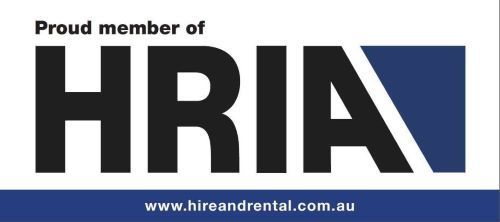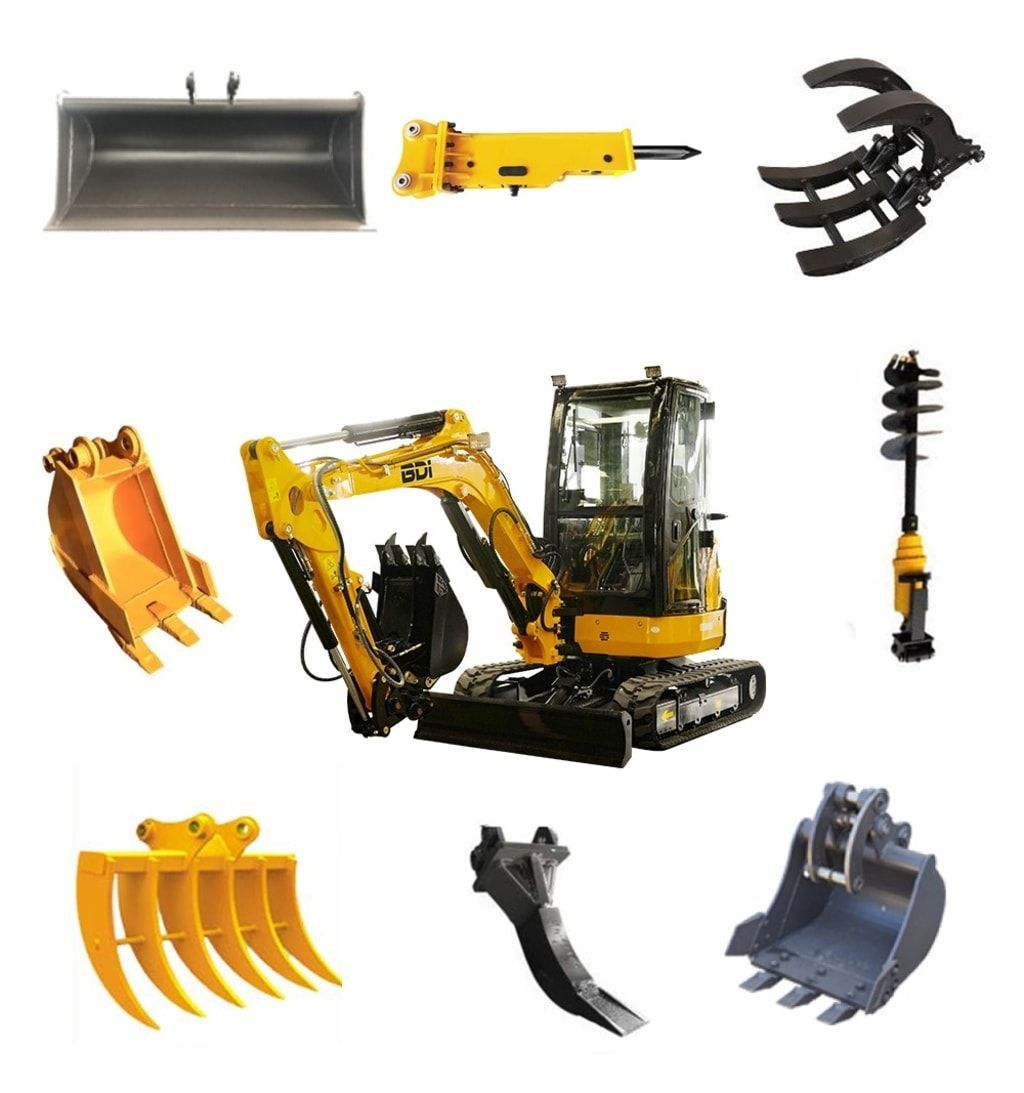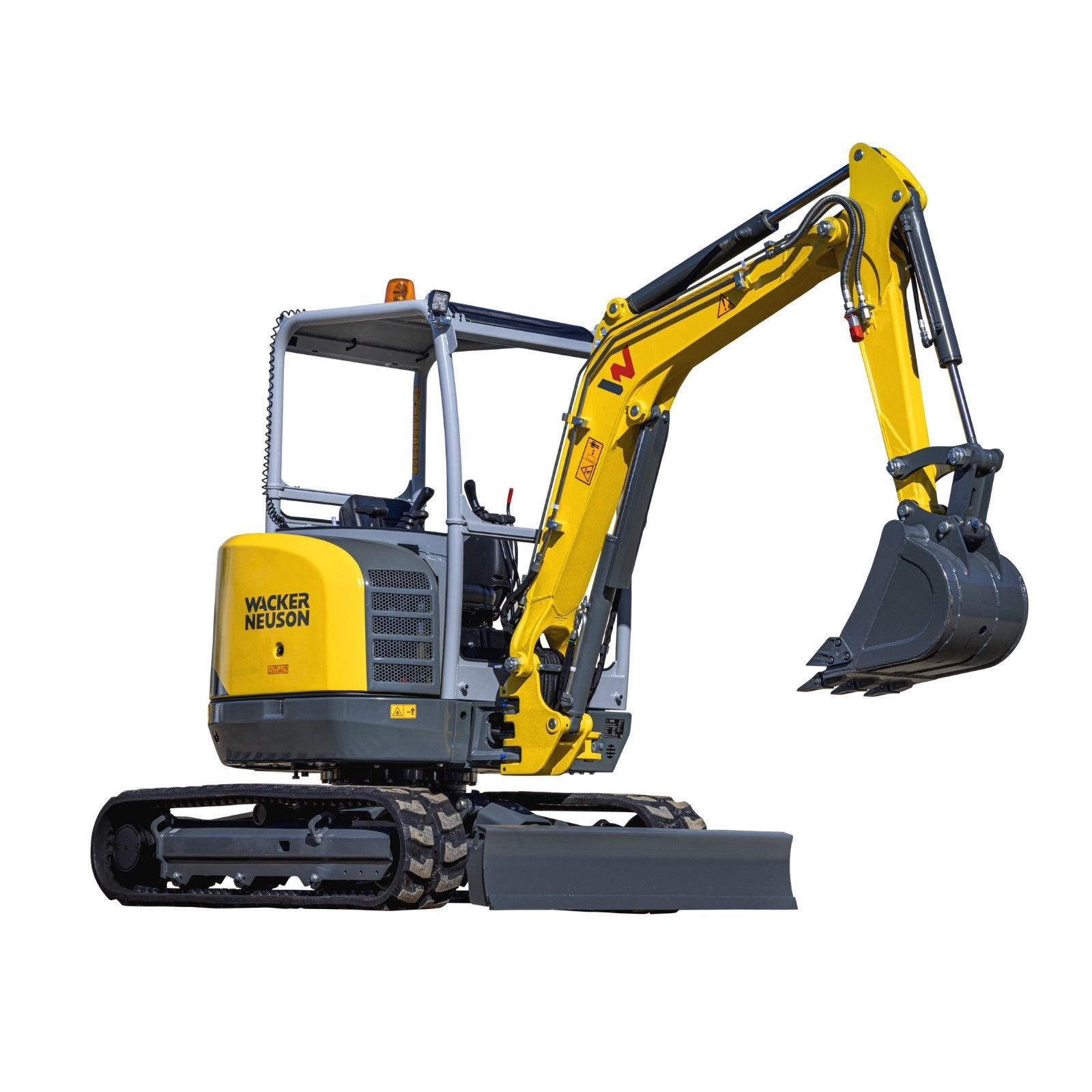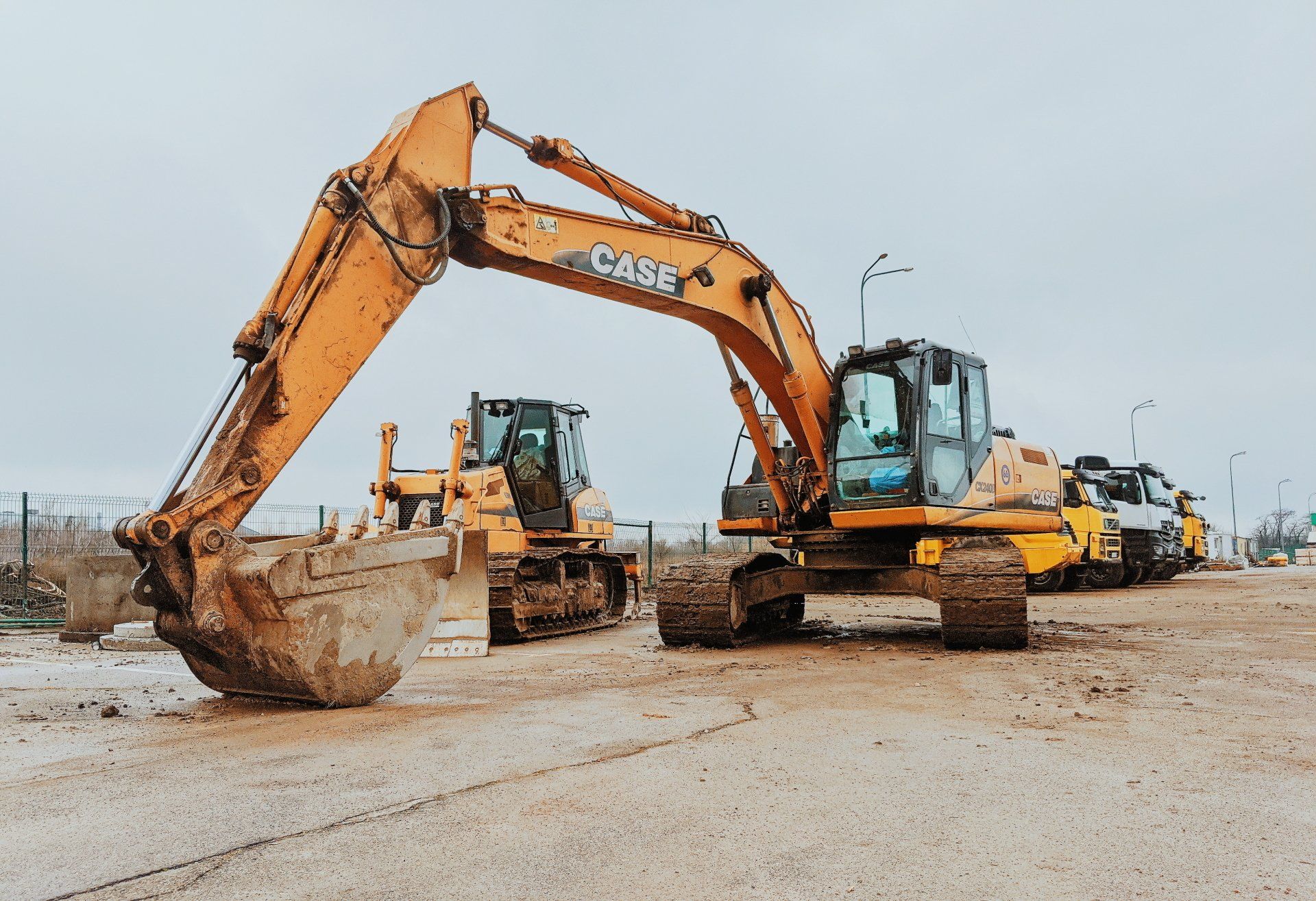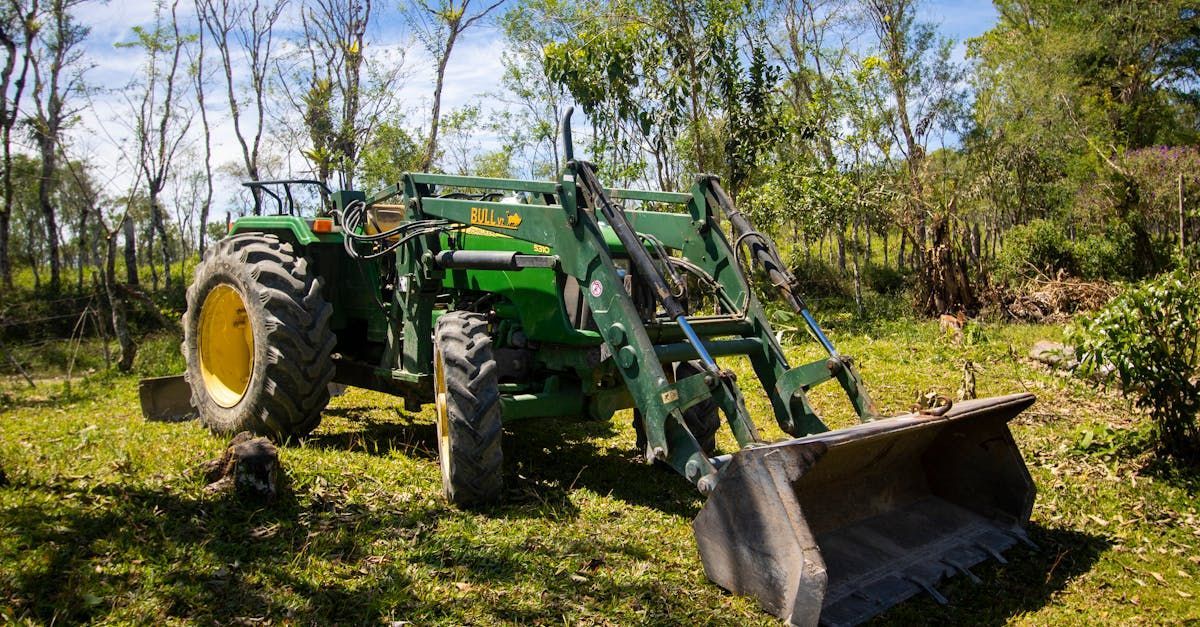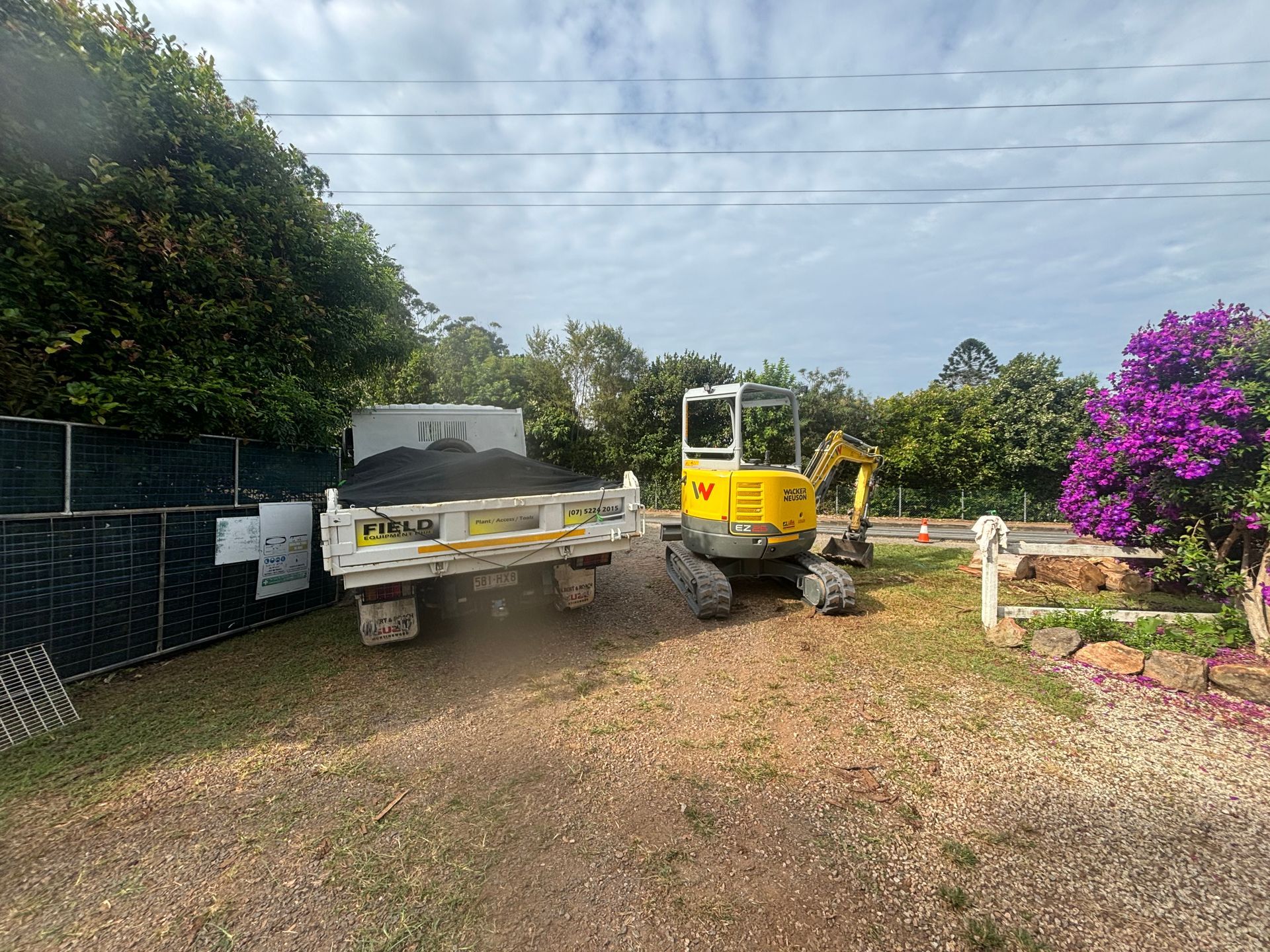Understanding Dry Hire vs. Wet Hire
Understanding Dry Hire vs. Wet Hire: Choosing the Right Option for Your Sunshine Coast Project
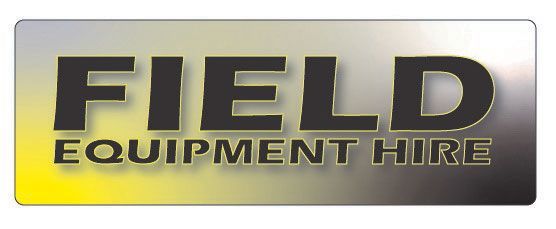
When embarking on a project on the Sunshine Coast, whether it's landscaping, construction, or agriculture, one of the critical decisions you'll face is whether to opt for dry hire or wet hire when it comes to equipment rental. Dry hire and wet hire represent two distinct approaches to acquiring machinery and equipment, each with its own set of benefits and downsides. In this blog post, we'll delve into what dry hire and wet hire entail, explore their advantages and disadvantages, and help you make an informed decision for your field equipment hire needs on the Sunshine Coast.
What is Dry Hire?
Dry hire refers to renting machinery or equipment without operators or additional services. Essentially, you're solely renting the equipment, and you or your team are responsible for operating and maintaining it throughout the rental period. Dry hire is ideal for those who have the necessary expertise to operate the equipment or wish to have full control over the project's operations.
Benefits of Dry Hire:
1. Cost-Effective: Dry hire typically comes at a lower cost since you're only paying for the equipment rental without additional operator fees.
2. Flexibility: With dry hire, you have the flexibility to use the equipment according to your project's schedule and requirements, without relying on external operators.
3. Control: Renting equipment on a dry hire basis gives you full control over its usage, maintenance, and operation, allowing you to tailor it to your specific needs and preferences.
Downsides of Dry Hire:
1. Skill Requirement: Dry hire assumes that you or your team possess the necessary skills and expertise to operate the equipment safely and efficiently. Lack of expertise can lead to operational challenges or safety risks.
2. Maintenance Responsibility: As the renter, you're responsible for maintaining the equipment and ensuring it remains in good working condition throughout the rental period, adding to your workload.
What is Wet Hire?
Wet hire involves renting machinery or equipment along with an experienced operator and sometimes additional services such as fueling, maintenance, and insurance. The rental company provides both the equipment and operator, taking care of all operational aspects of the equipment during the rental period.
Benefits of Wet Hire:
1. Expertise: With wet hire, you benefit from the expertise of a skilled operator who is proficient in operating the equipment safely and efficiently, minimizing the risk of errors or accidents.
2. Convenience: Wet hire offers convenience as the rental company takes care of all operational aspects, including maintenance, fueling, and insurance, freeing you from these responsibilities.
3. Time Savings: By outsourcing equipment operation to experienced operators, you can focus your time and resources on other aspects of the project, increasing overall efficiency.
Downsides of Wet Hire:
1. Higher Cost: Wet hire typically comes at a higher cost compared to dry hire, as you're paying for both the equipment rental and the operator's services.
2. Limited Control: Renting equipment on a wet hire basis means relinquishing some control over its operation and schedule to the rental company and operator.
Choosing the Right Option for Your Sunshine Coast Project:
When deciding between dry hire and wet hire for your field equipment needs on the Sunshine Coast, consider factors such as your budget, expertise, project timeline, and specific requirements. If you have the necessary skills and prefer full control over equipment operation, dry hire may be the preferred option. On the other hand, if you value convenience, expertise, and time savings, wet hire could be the better choice. Ultimately, weigh the pros and cons of each option and choose the one that aligns best with your project goals and preferences.
Dry hire and wet hire represent two viable options for acquiring field equipment for projects on the Sunshine Coast, each with its own set of benefits and downsides. Whether you opt for dry hire or wet hire depends on factors such as your budget, expertise, and project requirements. By understanding the differences between these two approaches and evaluating your specific needs, you can make an informed decision that ensures the success of your project on the Sunshine Coast.
